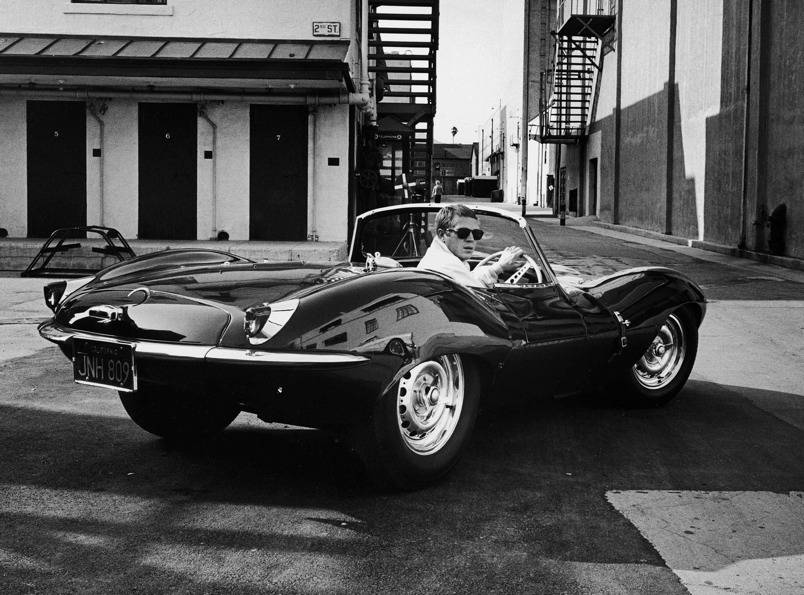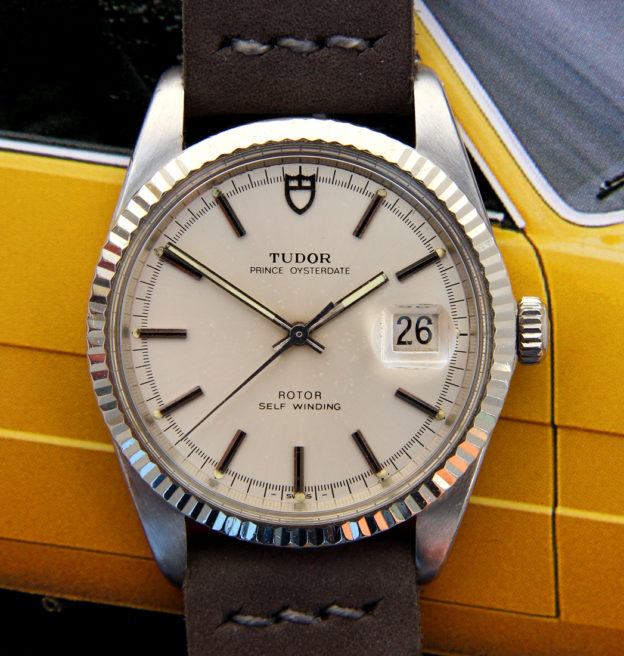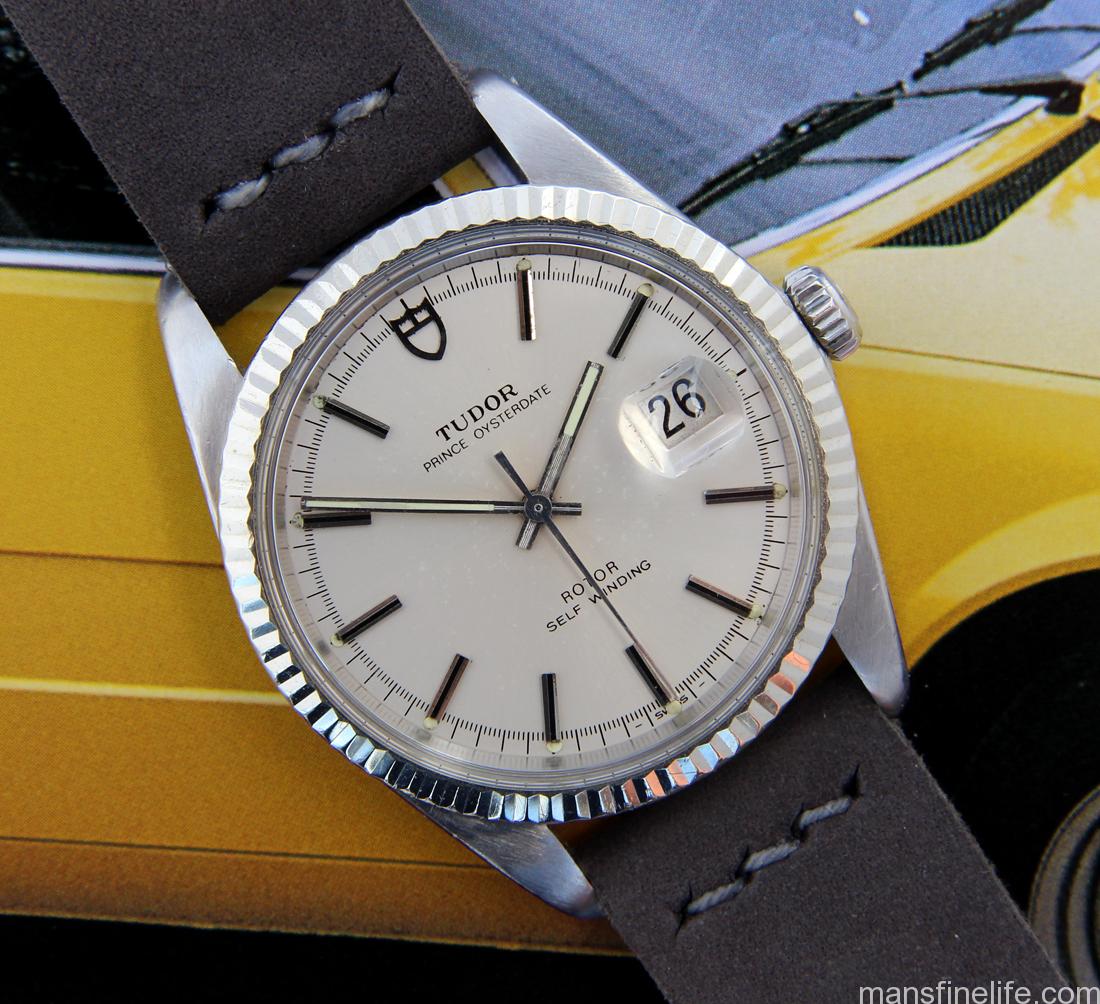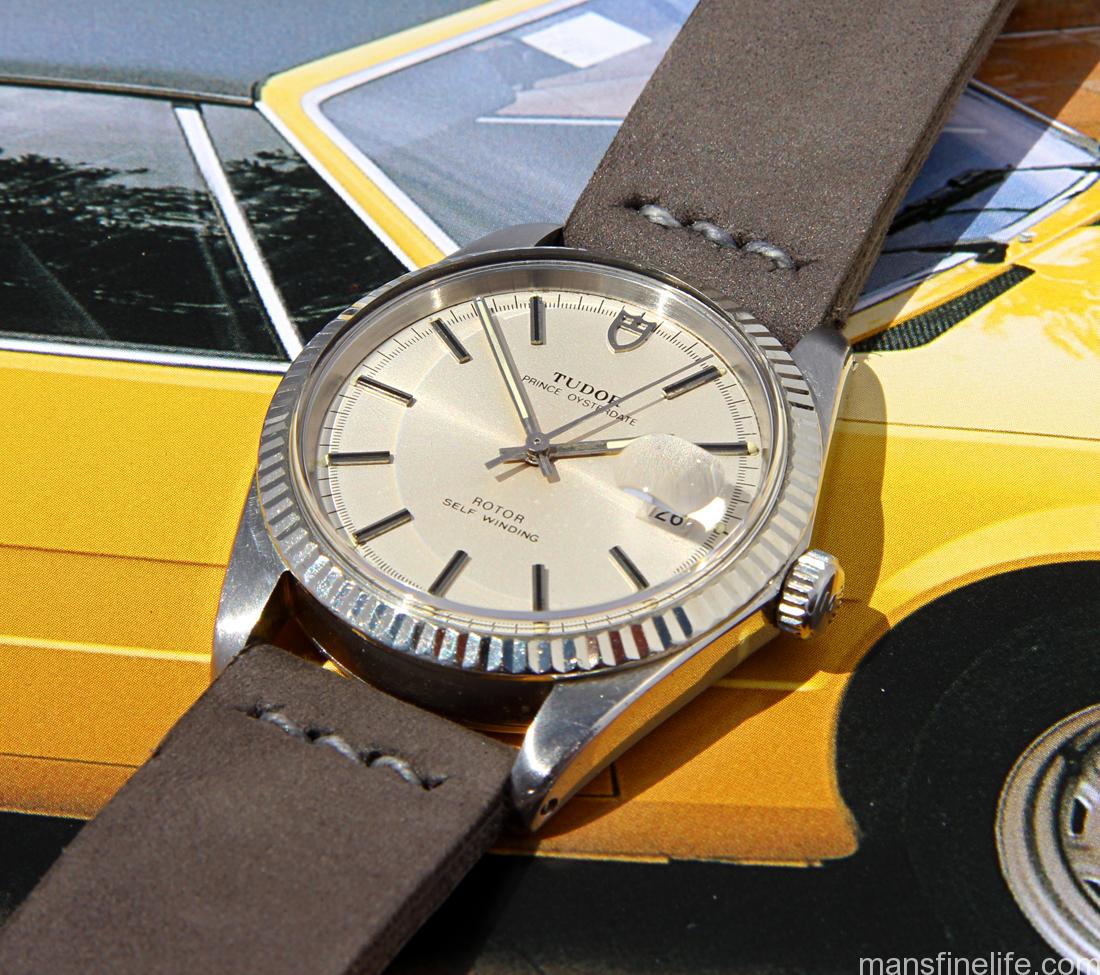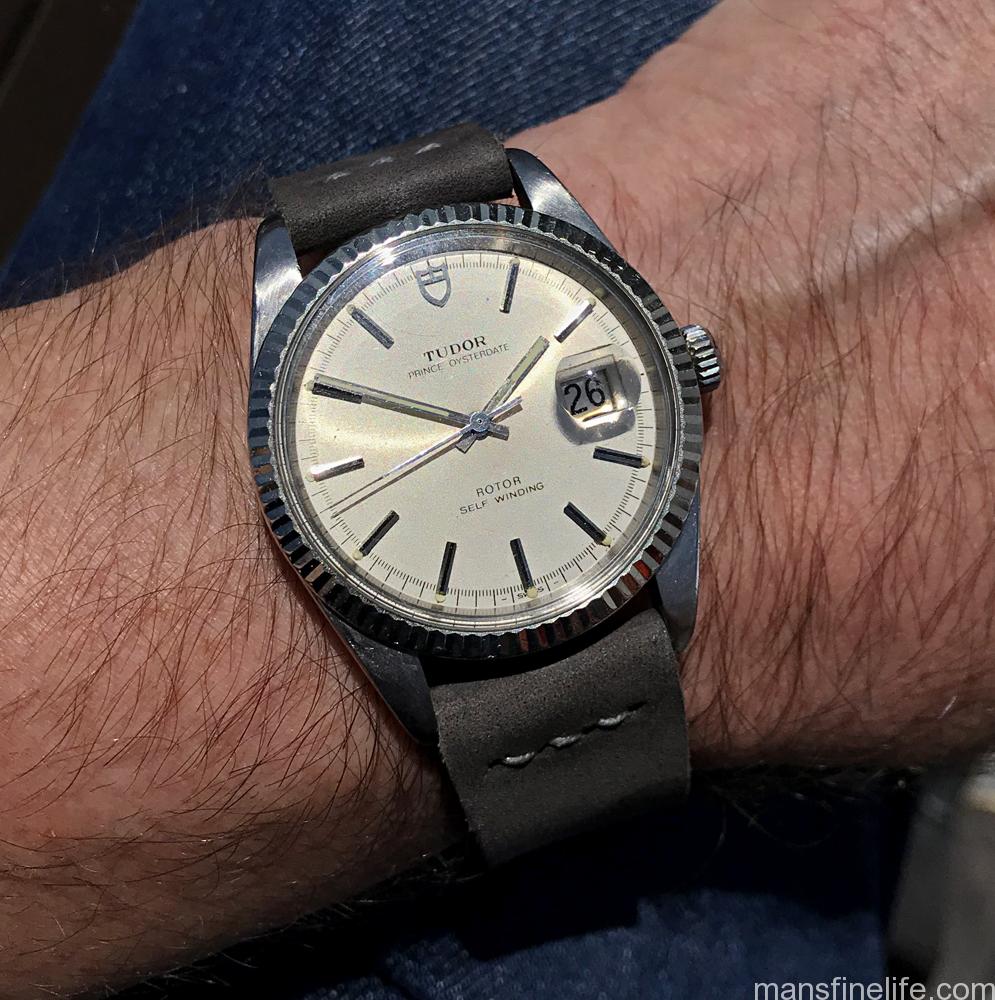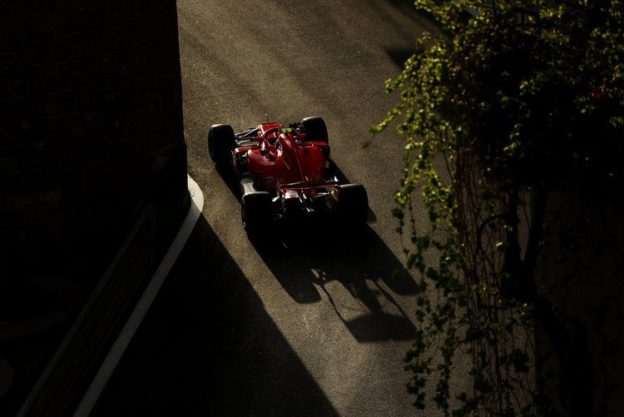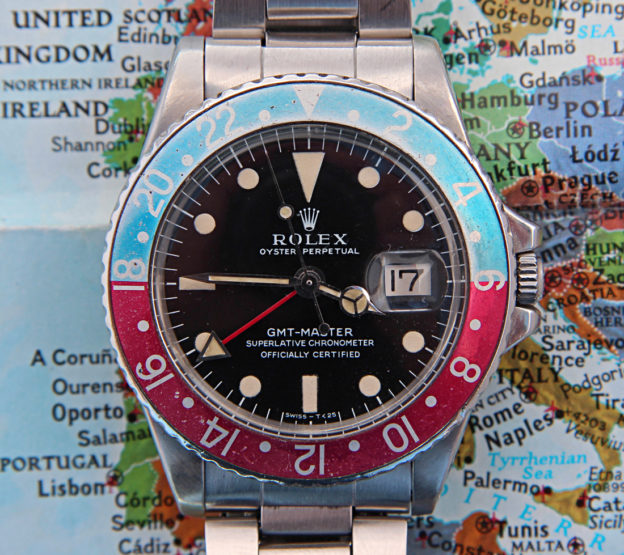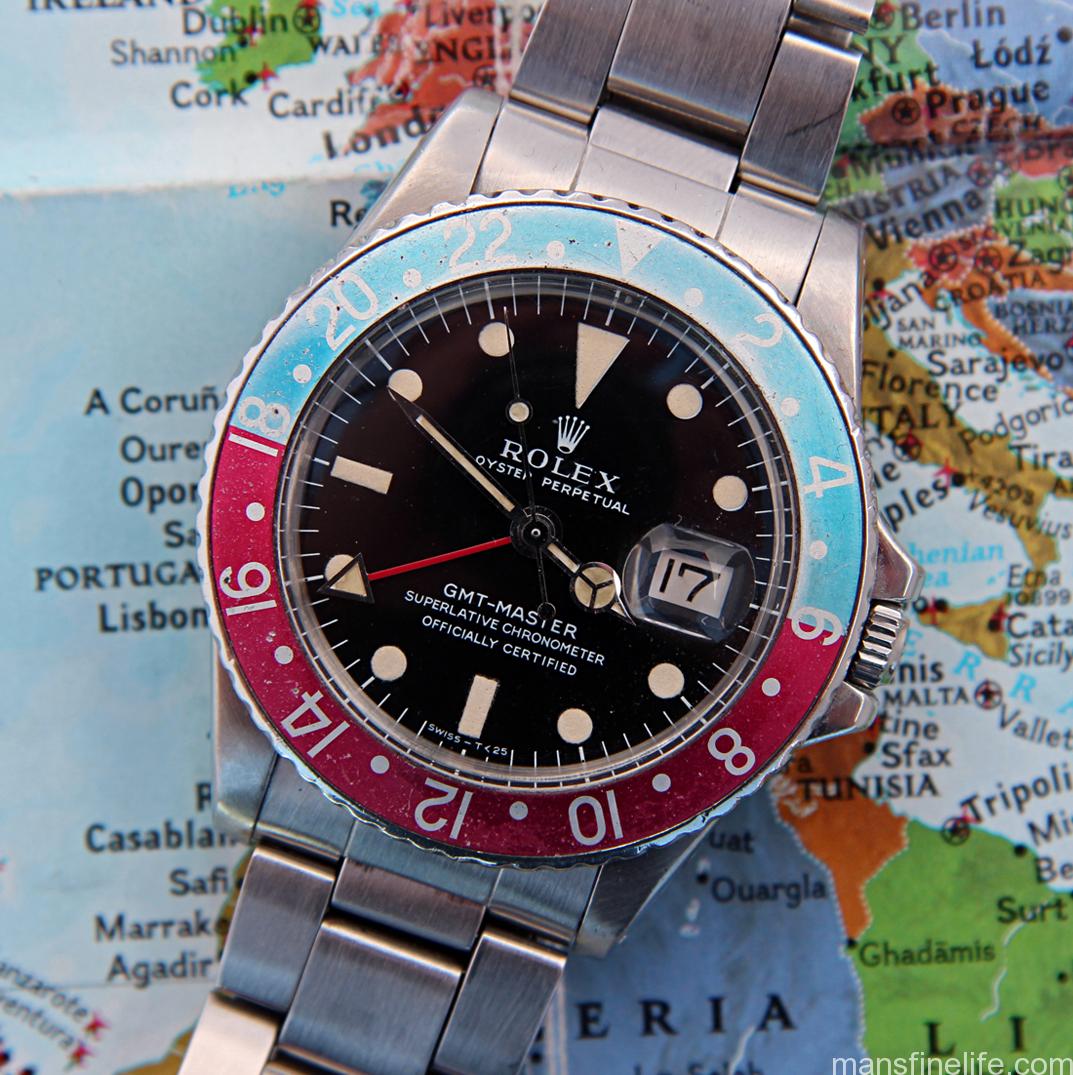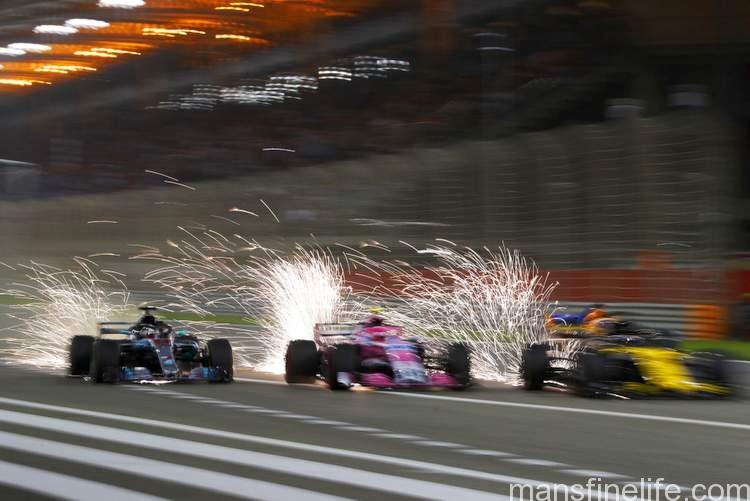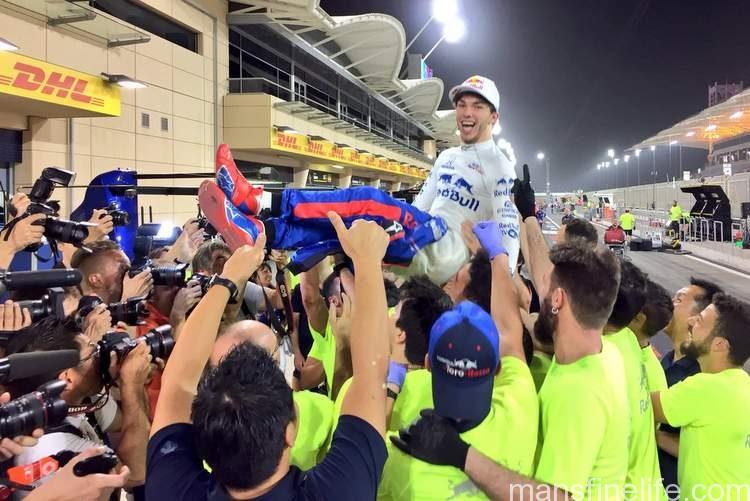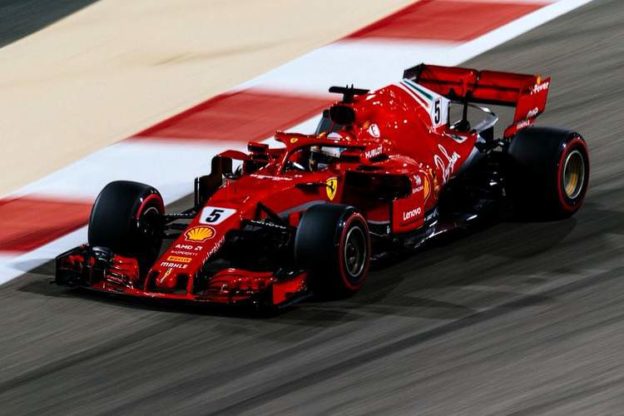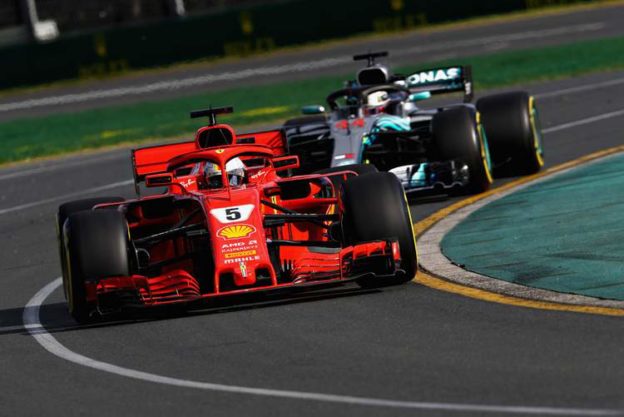Hamilton lucks into wild win at Baku as Bottas blows tire from lead; Raikkonen salvages P2 but Vettel misses out as Perez podiums; Red Bulls crash each other out
The Azerbaijan Grand Prix has quickly become one of the most entertaining and potentially consequential on the Formula 1 calendar. In only its third year on the schedule the tricky Baku City Circuit once again provided more than its fair share of twists, turns and nail-biting drama. Fortune seemed to change its favors on a whim as chaos reigned and the laps wound down on Sunday and it was Mercedes’ Lewis Hamilton whom she finally chose to smile upon even as she turned her fickle back on his more deserving teammate. With Valtteri Bottas looking primed to win for the first time in 2018 due to clever pit strategy and (once again) the strangely permissive nature of F1’s pit rules under Safety Car the unlucky Finn ran over debris at high speed down the start-finish straight with only two laps to go, puncturing his rear right tire and dooming his race. As Bottas trundled despondently off the track and into a hard-luck DNF, second position Hamilton capitalized on his teammate’s misfortune to inherit the lead and the victory in short order. Amazingly it was the current World Champion’s first victory of the new season and gave the Englishman a much needed boost after a desultory start saw him a lackluster second in the championship. But if we’re all being honest Bottas has outdriven the 4-time champ Hamilton so far this season and Sunday was no exception. But for a better track cleanup under the long yellow flag periods it could have been the unlucky Finn celebrating at his teammate’s expense rather than the other way around.

Pics courtesy GrandPrix247.com
Despite leading both the Constructors’ and Drivers’ Championships so far this season and with a car that is obviously up for race wins every weekend Ferrari had another very mixed day. Their lead ace Sebastian Vettel controlled the first part of the race from pole but then the team seemed to get a bit too ambitious on tire strategy by running longer stints and allowing the Mercedes to erase Vettel’s hard fought time advantage on fresher rubber. Worse still when a major Safety Car came out on Lap 40 after a disastrous incident between the two Red Bulls it was the Merc of Bottas who made the first dive to the pits for the Ultrasoft Pirellis, the perfect rubber for the closing laps of this 51 lap street fight. Vettel, as well as Hamilton, were forced to react but that left Bottas in the lead with Vettel behind in P2 running seemingly endless laps behind the Safety Car on rapidly cooling tires. When the race finally got going again on Lap 48 Vettel pushed too hard to try to regain the top spot, locking up and running off line as first Hamilton and then his teammate Kimi Raikkonen passed him. The flat spots on his tires made his normally fantastic SF71H underivable and eventually even the Force India of Sergio Perez was also able to pass him. With Bottas’ unfortunate puncture that meant not only that Hamilton would earn the victory but also that Raikkonen and Perez would be on the podium at Vettel’s expense. After leading the most laps and looking likely to duke it out for the win Vettel finished a disappointing P4. The German points leader and his team had to be wondering where it all went wrong on a day that started with so much promise.
Raikkonen had a saga of his own en route to that impressive if somewhat fortuitous P2 finish. Continue reading
